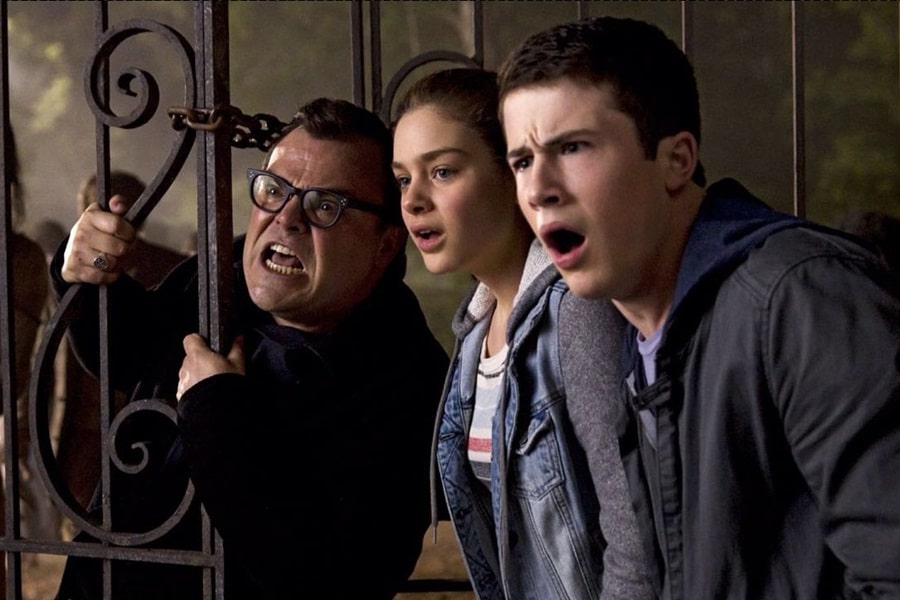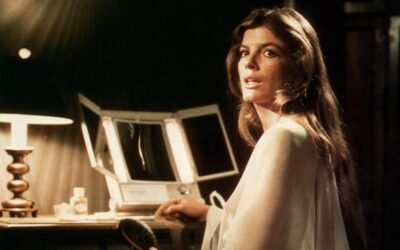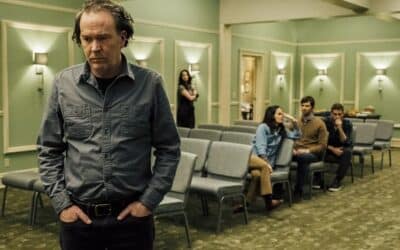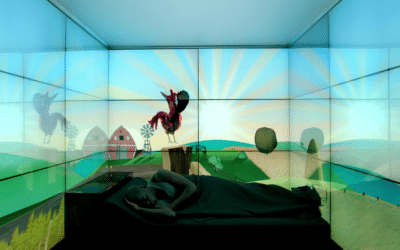
Horror Fiction for Kids
Ghosts, goblins, and ghastly tales have long been the bedrock of children’s literature, weaving a web of intrigue and excitement that both frightens and fascinates young minds. Horror fiction for kids is a unique genre; it walks a fine line between delivering spine-tingling stories and maintaining a child-friendly tone. It’s an art form that has captivated generations, proving that a good scare can be just as important as a happy ending.
Let’s delve into the shadowy corridors of this genre, where monsters lurk in pages and heroes face fears head-on. A classic example is R.L. Stine’s “Goosebumps” series. This collection of stories, which has seen numerous screen adaptations, brings a plethora of eerie adventures to young readers. The genius of “Goosebumps” lies in its ability to infuse humor and relatable childhood dilemmas into tales of the supernatural. Whether it’s ventriloquist dummies coming to life or evil potions causing unexpected transformations, Stine’s stories strike a perfect balance between fear and fun.
Neil Gaiman’s “Coraline,” both a novel and a critically acclaimed film, is another shining example. This tale introduces readers to an alternate world filled with twisted versions of familiar faces. Gaiman expertly crafts a narrative that’s as enchanting as it is unsettling, drawing children into Coraline’s brave journey against her ‘Other Mother’. It’s a story that teaches resilience, curiosity, and the importance of being careful what you wish for.
Moving from page to screen, “Monster House,” an animated film, offers a visually stunning and emotionally engaging horror experience for kids. This movie turns a neighborhood home into a living, breathing entity with a sinister past. It masterfully blends humor, heart, and horror, showing that even the most ordinary places can hide extraordinary secrets.
Another noteworthy mention is “Scary Stories to Tell in the Dark,” a collection by Alvin Schwartz. These stories, accompanied by Stephen Gammell’s haunting illustrations, have become a staple in children’s horror literature. The stories range from ghostly encounters to eerie folktales, each one designed to send a shiver down the spine while captivating the imagination. The book series was also adapted into a film, bringing these chilling tales to a new generation of horror enthusiasts.
For a more contemporary touch, Katherine Arden’s “Small Spaces” series brings a fresh flavor to the genre. Blending folklore with modern-day settings, Arden’s narrative takes children on a journey through haunted woods and strange happenings, all while unraveling a deeper mystery. It’s a series that reminds readers that adventure can be found even in the most frightening of circumstances.
The importance of horror fiction in children’s literature cannot be overstated. It serves as a safe space for young readers to confront their fears and learn important life lessons. These stories teach resilience, bravery, and the power of imagination. They also offer a unique way for children to process complex emotions such as fear and anxiety, allowing them to face their own ‘monsters’ with courage.
Moreover, horror fiction stimulates creativity and critical thinking. It encourages young readers to question the world around them, to look beyond the surface and explore the ‘what ifs’. In doing so, they develop a deeper understanding of narrative structure, character development, and the art of storytelling.
Furthermore, horror stories for kids often contain underlying themes of friendship, family, and the triumph of good over evil. These themes resonate with young readers, providing them with a sense of comfort and a moral compass to navigate the darker aspects of the tales.
The evolution of children’s horror fiction also reflects broader societal changes. Today’s horror stories for kids are more diverse, inclusive, and sensitive to the complexities of the modern world. They not only scare but also educate, making them a powerful tool for social and emotional learning.
As the genre continues to grow and evolve, one thing remains constant: the allure of a good scare. Horror fiction for kids opens a gateway to a world where the impossible becomes possible, where heroes are born out of the darkness, and where every creaking floorboard tells a story. It’s a genre that continues to captivate, entertain, and, most importantly, educate young minds about the thrill of the unknown.
In the end, the world of children’s horror fiction is much like a shadowy forest in a fairy tale; it’s mysterious, enchanting, and filled with lessons to be learned. It’s a place where fear and fun coexist, where monsters are defeated not just with weapons, but with wit, courage, and heart. As the genre continues to captivate new generations of readers, it stands as a testament to the enduring power of a well-told spooky story.
More Horror Features
1970s Horror
The 1970s may be gone, but the fear they inspired remains
Horror Through the Ages
A Journey Through Time and Terror
Technology in Horror
When gadgets become nightmares



